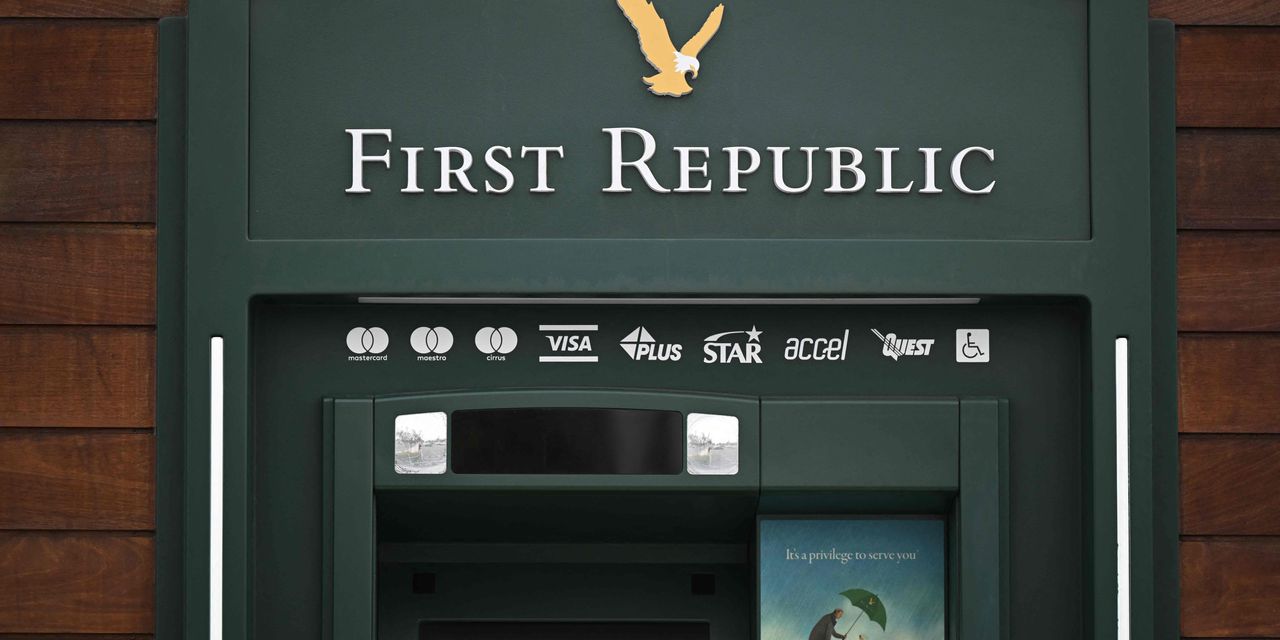First Republic Bank’s spot in the S&P 500 Index will be taken over by Axon Enterprise Inc., S&P Dow Jones Indices said Monday, following the bank’s collapse and a planned takeover by JPMorgan Chase.
Axon
AXON,
the maker of Tasers and body cameras for police officers, will land in the S&P 500 before the market open on Thursday, S&P Dow Jones Indices said. Axon has been a member of the S&P MidCap 400. STAG Industrial Inc.
STAG,
will replace Axon in the S&P MidCap 400.
“The Federal Deposit Insurance Corp. (FDIC) announced that it has taken First Republic Bank into FDIC Receivership and therefore First Republic Bank is no longer eligible for inclusion,” S&P Dow Jones Indices said.
Shares of Axon were down 0.5% after hours. Trading for shares of First Republic were halted on Monday.
San Francisco–based First Republic on Monday was shut down by California regulators, and the FDIC stepped in as a receiver. JPMorgan Chase & Co.
JPM,
the country’s largest bank, will vacuum up First Republic’s deposits and virtually all of its assets as part of that arrangement. Trading of First Republic’s stock was halted after the news.
The deposit and asset handover to JPMorgan will give that bank more wealthy customers. Last month, JPMorgan and its large U.S. peers tried to plug the financial drain at First Republic with a $30 billion infusion of deposits.
First Republic’s downfall marks the third U.S. regional bank collapse since March, following Silicon Valley Bank and Signature Bank. First Republic got into deeper trouble after deposits from its wealthier customers began evaporating, after worries about bank-industry contagion spread.
Fears grew over recent weeks that First Republic faced a fate similar to that of Silicon Valley Bank, the tech-centered bank that collapsed in March following an old-fashioned bank run, after higher interest rates choked off tech-industry dollars and financing and pulled the value on the bank’s bond investments lower.
Similar to SVB, First Republic sought wealthier clients, who were likelier to have more than the $250,000 insured limit in their accounts. But that approach to doing business stirred more anxiety about what would happen to the bank if a rescue didn’t materialize and consumers rushed to yank their cash in a flight toward safety or better returns.
Read the full article here




